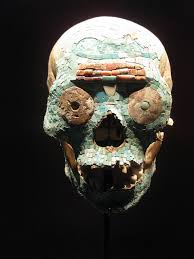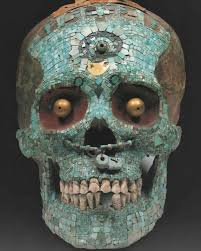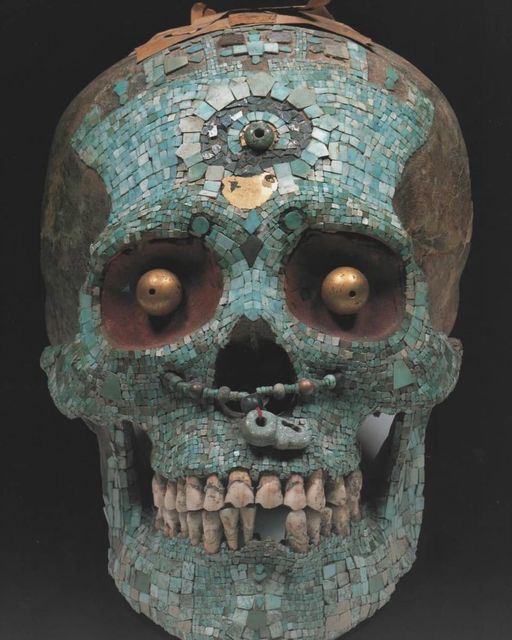Nestled within the archaeological wonders of Pompeii lies a remarkable gem – the House of Orion. This ancient Roman dwelling, discovered in the 19th century, has captivated scholars and visitors alike with its stunning mosaics that tell a captivating tale of mythology and cultural sophistication. Join us as we delve into the fascinating history and artistry of this remarkable site.
The Catasterism of Orion

The House of Orion is renowned for its exquisite floor mosaic that depicts the Catasterism of Orion. This mosaic masterpiece illustrates the transformation of the mythical hunter Orion into a constellation by the mighty Zeus. The detailed and intricate artwork showcases the high level of cultural and artistic sophistication of the house’s owners.
The mosaic’s central focus is the figure of Orion, the legendary hunter who was immortalized in the stars by Zeus. The mosaic captures the moment when Orion is elevated to the heavens, becoming a constellation that would forever grace the night sky. The depiction is a testament to the deep-rooted mythological beliefs and traditions of the ancient Roman world.
Complementary Mosaics
The House of Orion’s decorative scheme extends beyond the captivating Catasterism mosaic. The house also features a related, though incomplete, mosaic in the diurnal cubiculum (bedroom). This second mosaic portrays Orion in action, hunting a monster and various beasts, with the assistance of a butterfly.
The inclusion of these complementary mosaics highlights the owners’ appreciation for the rich tapestry of Greco-Roman mythology. The mythological scenes not only showcase the artistic prowess of the mosaicists but also provide insight into the cultural and intellectual interests of the house’s inhabitants.
Architectural Grandeur

The House of Orion is not only remarkable for its stunning mosaics but also for its architectural grandeur. Discovered in the 19th century, the house features a spacious central atrium surrounded by rooms decorated in the First Style, a distinctive Roman architectural and decorative approach.
The intricate floor mosaics that adorn the house’s various rooms further enhance its historical significance. These mosaics, with their intricate designs and attention to detail, reflect the wealth and status of the house’s owners, who were clearly individuals of high social standing and cultural refinement.
The Significance of the House of Orion
The House of Orion stands as a testament to the cultural and artistic achievements of ancient Roman civilization. The captivating mosaics that adorn its floors not only captivate the viewer with their beauty but also provide a window into the mythological beliefs and intellectual interests of the house’s inhabitants.

Moreover, the House of Orion serves as a valuable resource for scholars and historians, offering insights into the daily lives, societal structures, and artistic sensibilities of the ancient Roman world. The house’s discovery and ongoing study continue to shed light on the rich tapestry of Pompeii’s past, enriching our understanding of this remarkable ancient city.
Conclusion
The House of Orion in Pompeii is a true gem of the ancient world, a testament to the enduring power of art, mythology, and cultural sophistication. Through its stunning mosaics and architectural grandeur, this remarkable dwelling invites us to step back in time and immerse ourselves in the captivating world of ancient Rome. As we explore the House of Orion, we are reminded of the enduring legacy of this remarkable civilization and the enduring appeal of its timeless stories.
